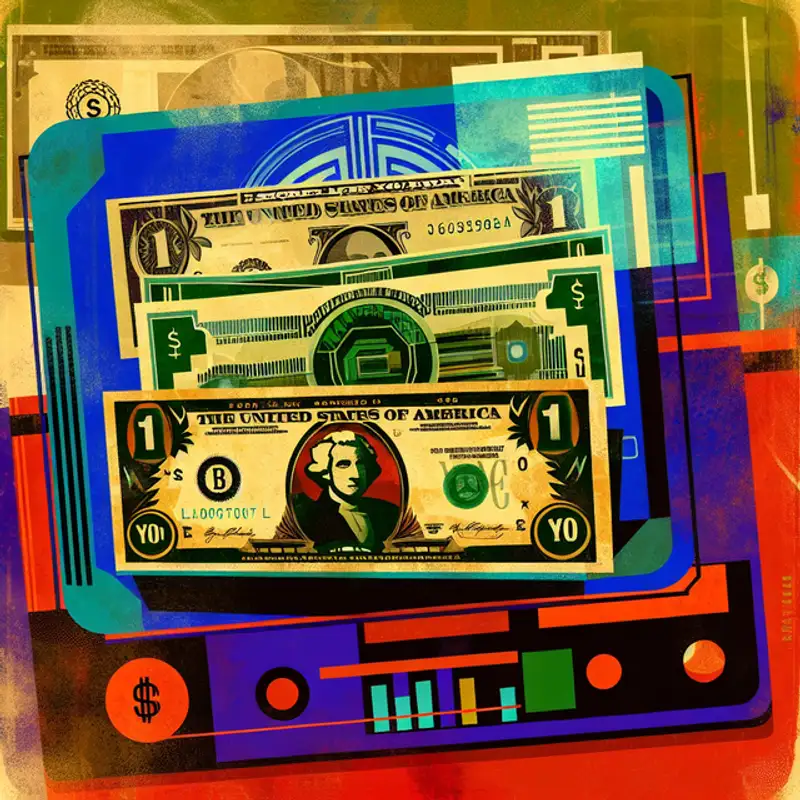 Episode
Episode
· 02:32
If you’ve ever held a U.S. dollar in your hand, you’re gripping a tiny marvel of security design—and it’s protecting a piece of the $55 billion bank note puzzle circulating worldwide. But as The Wall Street Journal’s Pro Perfected episode reveals, there’s a fascinating world of hidden technology and behind-the-scenes science making sure your cash is legit. While most U.S. bank notes bristle with high-tech anti-counterfeiting features, you might be shocked to learn that the $1 bill—still a staple of everyday transactions—hasn’t had a security upgrade in over six decades. So why is it still around? And what exactly is guarding the rest of your money? Let’s break down the stealthy innovations defending America’s paper currency.
Key Points:
The $1 bill, the most commonly circulated U.S. note, hasn’t been redesigned since 1963. That makes it one of the most vulnerable bills to counterfeiting, yet it's rarely targeted because counterfeiters don’t find the low denomination profitable.
In contrast, higher-denomination notes ($5 and up) have gone through multiple security redesigns, with features such as:
These features are specially designed to thwart digital counterfeiting—since today's fakes often come from high-resolution printers and image editing software.
One insider quoted in the WSJ episode said, "Counterfeiters are basically graphic designers now." This reflects the shift from traditional forgery methods to tech-savvy tactics.
The U.S. Secret Service and the Bureau of Engraving and Printing (BEP) collaborate with scientists, printers, and engineers to continuously stay ahead of counterfeiters.
Major third-party technology providers include De La Rue (UK-based) and Crane Currency (based in Massachusetts), which supply paper and security tech for U.S. and global banknotes.
Potential upgrades for future U.S. banknotes could include biometric features, machine-readable serials, or even “smart” money that interacts with scanners or phones for authentication.
So, why not upgrade the $1 bill? The answer is mostly economic—upgrading it would cost more than the damage caused by its limited counterfeiting.
In short: Your money is smarter than you think—unless it's a $1 bill, in which case it's still stuck in the 1960s.
Link to Article
Listen to jawbreaker.io using one of many popular podcasting apps or directories.